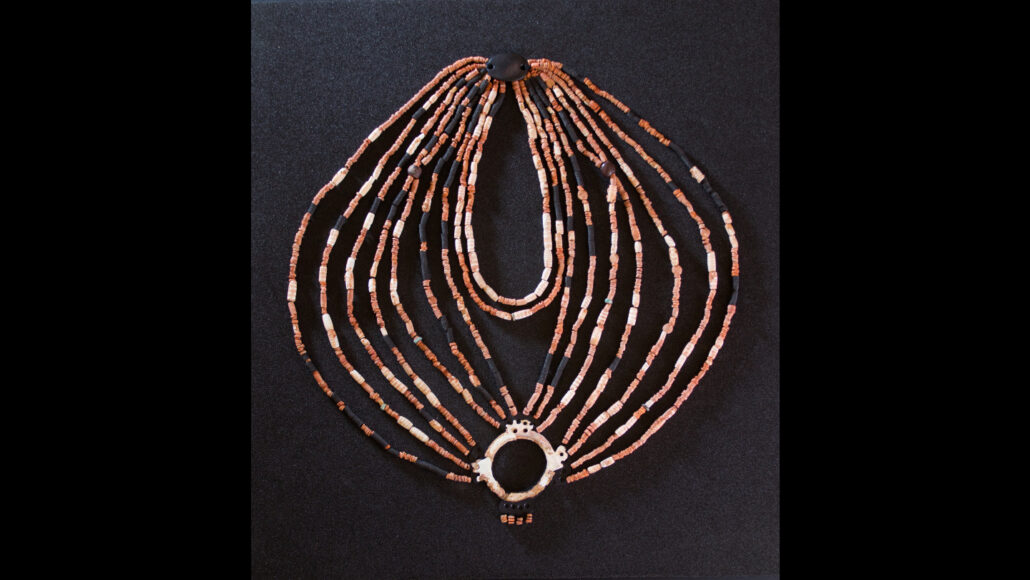Valley in Jordan Inhabited and Irrigated for 13,000 Years
http://www.sciencedaily.com/releases/20 ... 155956.htm
ScienceDaily (Dec. 18, 2009) — You can make major discoveries by walking across a field and picking up every loose item you find. Dutch researcher Eva Kaptijn succeeded in discovering -- based on 100,000 finds -- that the Zerqa Valley in Jordan had been successively inhabited and irrigated for more than 13,000 years. But it was not just communities that built irrigation systems: the irrigation systems also built communities.
Archaeologist Eva Kaptijn has given up digging in favour of gathering. With her colleagues, she has been applying an intensive field exploration technique: 15 metres apart, the researchers would walk forward for 50 metres. On the outward leg, they'd pick up all the earthenware and, on the way back, all of the other material. This resulted in more than 100,000 finds, varying from about 13,000 years to just a few decades old.
Based on further research on the finds and where they were located, Kaptijn succeeded in working out the extent of habitation in the Zerqa Valley in Jordan over the past millennia. The area where she undertook her research is also called the Zerqa Triangle; it is bounded by the River Zerqa and forms part of the Jordan Valley. The area covers roughly 72 square kilometres. Kaptijn discovered that the triangle had been inhabited, on and off, for thousands of years, but that this habitation was always highly dependent on the irrigation methods used by those who lived there. While the soil in the valley is very rich, there was usually not enough rainfall to cultivate plants without some additional irrigation.
Irrigation shapes the community
The irrigation methods exerted a major influence on the people who lived in the valley; power was often dependent on controlling the allocation of water. Kaptijn discovered that the type of irrigation system could result in a community of internally egalitarian tribes, with these tribes being linked to each other in a strict, hierarchical order. At other times, the valley was actually dominated by a large-scale, almost capitalist cultivation of sugar cane. Eva Kaptijn's research is part of the multi-disciplinary project Settling the Steppe. The Archaeology of changing societies in Syro-Palestinian drylands during the Bronze and Iron Ages. This project is funded by the NWO's Open Competition scheme.
Arne Wosskink received his doctorate within the same project on 28 October 2009.
--------------------------------------------------------------------------------
Story Source:
Adapted from materials provided by NWO (Netherlands Organization for Scientific Research).
http://www.nwo.nl/
--------------------------------------------------------------------------------


